Dickensian delights
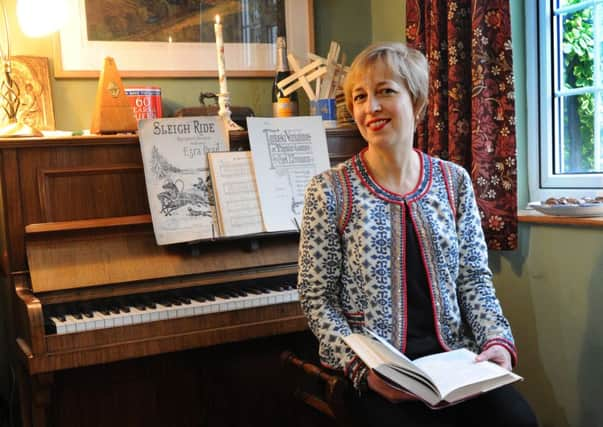

We have much to thank the Victorians for. They gave us trains, toilets and telephones and they also put the “merry” into Christmas.
A combination of Dickens’ A Christmas Carol, published in 1843, and a picture of Queen Victoria’s Christmas tree in the 1848 edition of The Illustrated Review magazine, were both instrumental in changing the way we celebrated the birth of Christ.
Advertisement
Hide AdAdvertisement
Hide Ad“That picture of the tree with an angel on top really popularised the idea,” says Dr Suzanne Fagence Cooper, an author and design consultant with a passion for the Victorian era.
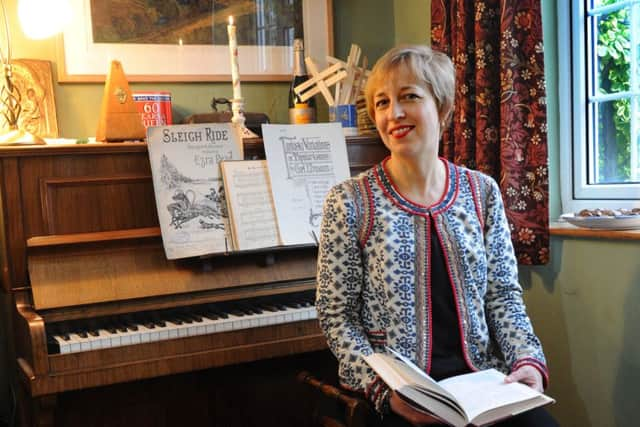

“A Christmas Carol formalised what is expected at Christmas. Dickens made it all about feasting on goose and plum pudding, dancing the polka, gifts and charitable giving.”
Suzanne’s own home reveals her love of the period, from the William Morris curtains to the heritage paint on the walls, and at this time of year it’s all about Christmas past.
There are traditional garlands of fresh greenery and the mantelpiece is topped with 19th century Christmas cards from eBay. Very few have festive scenes.
Advertisement
Hide AdAdvertisement
Hide Ad“The first Christmas card was produced in 1843 and a lot of the early ones have flowers on. It’s all about the end of winter and looking forward to spring,” says Suzanne.
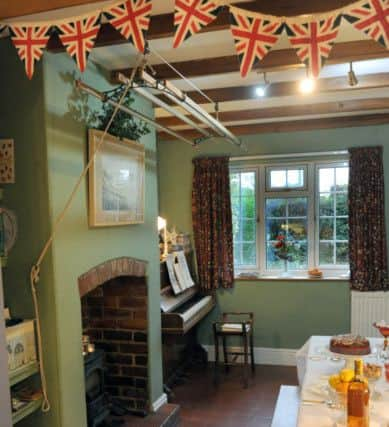

Her tree is stood in a pot wrapped with Voysey print wrapping paper and its branches are hung with glass baubles, which were first introduced in the 1860s. There are flags, which were popular leftovers from Queen Victoria’s jubilees, and paper cones filled with sweets, which are made from doilies, tissue and tartan ribbon. The candle holders and candles are from the Christmas Angels shop on Petergate in York, which sells period-style decorations.
The dining table is laden with pressed glass dishes full of Turkish delight, nuts, dried fruit and tiny crackers containing sugared almonds.
“The first crackers with snaps were invented in 1847 by Tom Smith and the first mention of Turkish delight was in Dickens’ The Mystery of Edwin Drood,” says Suzanne, who has an exceptional memory for facts.
Advertisement
Hide AdAdvertisement
Hide AdHer Christmas cake is made from a mid-1800s recipe by Eliza Acton, which is “less heavy and sweet than modern-day cakes”. The sheet music on the piano is from the same period.
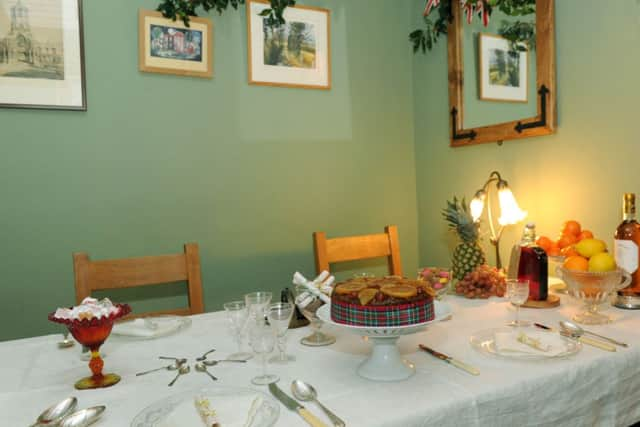

If you’re lucky enough to visit then Suzanne will treat you to impromptu history lessons, which are hugely entertaining thanks to her knowledge and enthusiasm.
When you read her CV, you can see where it stems from. She studied history at Oxford and spent 12 years at the V&A Museum curating the Victorian collections. She has advised on all things Victorian for the BBC and Channel 4 and was Ralph Fiennes’ historical consultant for his recent film about Dickens, The Invisible Woman.
She moved to a village near York ten years ago with her husband John and children Beatrice, seven, and Rosalind, 12.
Advertisement
Hide AdAdvertisement
Hide AdIt’s here she wrote her highly acclaimed book Effie Gray: the Passionate Lives of Effie Gray, Ruskin and Millais, which tells the compelling story of the woman behind some of the greatest Pre-Raphaelite paintings of the Victorian era.
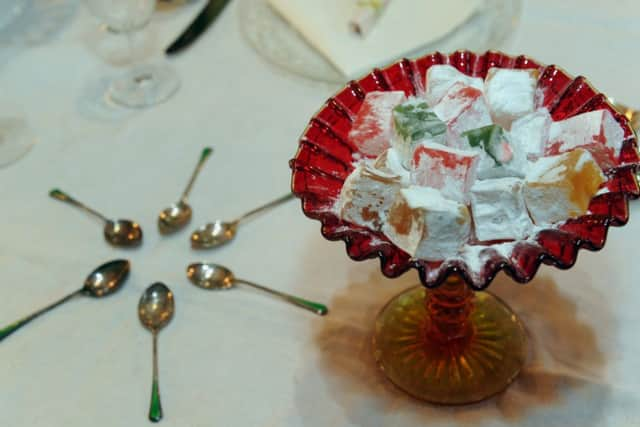

Although she didn’t realise it, Emma Thompson and Greg Wise were writing the script for their film at the same time.
“We were working in parallel and I got a phone call from Greg Wise, which was a surprise because I thought I was the only person who cared about Effie. We had a wonderful conversation,” she says.
While the movie concentrates on Effie’s time as Mrs Ruskin, Suzanne’s faithful biography tells the whole story thanks to family letters she found from before, during and after the marriage.
Advertisement
Hide AdAdvertisement
Hide Ad“She was an amazing woman but then women’s roles were changing dramatically in the 1860s and 1870s,” says Suzanne, whose next book will be The Birth of British Feminism 1866-1918.
Some of it started in interiors, she says, where women took charge of the décor.
“British people have always taken great delight in showing off their homes and women became arbiters of taste,” she says.
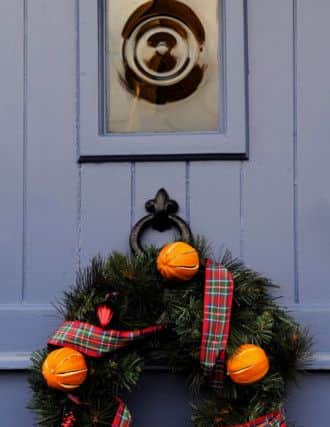

Their taste has been questioned and their interiors criticised for being cluttered, but Suzanne believes this is unfair. She prefers the term “eclectic”.
Advertisement
Hide AdAdvertisement
Hide AdHer eye for Victorian objects and interiors has led to a new venture, The Victorian Home, offering her services to those who want to source authentic furniture, furnishings and decorations and those who want to decorate in period style, or at least with a nod to it.
One of her own most treasured possessions is an exquisite sherry glass by Philip Webb, which was designed for the home of William Morris, built in 1859. She shudders with excitement at the thought it may have been used by Morris himself.
“He had such integrity. For him it was all about the quality of the materials and craftsmanship. His fabric designs are amazing. Although they are different colours and patterns, they all go together so well. That’s because they all have a sense of delicacy and what they called ‘sweetness and light’.”
She encourages us all to follow Morris’s most famous piece of advice to: ‘have nothing in our houses that we do not know to be useful or believe to be beautiful’.
The Victorian Home, www.thevictorianhome.co.uk. Effie Gray: • The Passionate Lives of Effie Gray, Ruskin and Millais is published by Duckworth Overlook, www.ducknet.co.uk